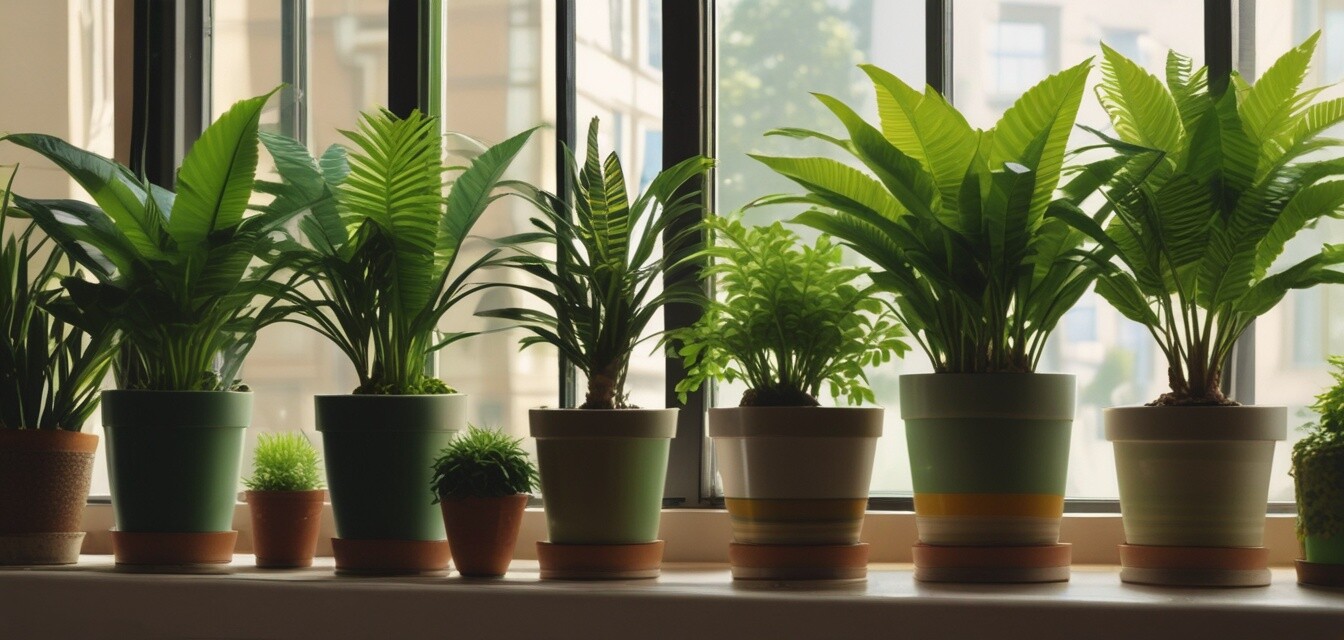
Tips for Growing Exotic Houseplants
Key Takeaways
- Understand the specific light and water requirements of your exotic plants.
- Choose the right pots and soil to ensure optimal growth.
- Maintain humidity levels for tropical plants, particularly in indoor settings.
- Regularly check for pests and diseases to keep plants healthy.
Transforming your balcony into a lush retreat with exotic houseplants can elevate your living space and bring joy. With a few tips and tricks, you can successfully nurture these beautiful plants even in a limited urban environment. This article provides practical strategies for growing exotic houseplants right at your balcony.
Understanding Exotic Houseplants
Exotic houseplants typically originate from tropical climates, which means they often require more attention than native plants. Understanding their needs can help you create an optimal environment for growth.
Light requirements
Different plants have varying light needs. Generally, most exotic plants thrive in bright, indirect light, but some may prefer direct sunlight. Here's a quick reference:
| Plant Type | Light Requirement |
|---|---|
| Orchids | Bright, indirect light |
| Bird of Paradise | Full sun to partial shade |
| Fiddle Leaf Fig | Bright, indirect light |
| Philodendron | Low to bright, indirect light |
Optimal watering techniques
Watering is essential for the health of your plants. Overwatering can lead to root rot, while underwatering can cause plants to wilt. Here's a guideline for watering exotic houseplants:
- Check the soil moisture before watering.
- Use well-draining soil to prevent water accumulation.
- Consider using self-watering pots for consistent moisture.
Choosing the Right Pots and Soil
Choosing the right container and soil is vital for exotic plant growth.
Pot selection
Choose pots with drainage holes to allow excess water to escape. Terracotta pots are great as they promote air exchange and keep soil from getting too wet.
Soil composition
Opt for a well-aerated potting mix that retains moisture while providing good drainage. You can even mix standard potting soil with perlite or coconut coir to create a custom blend.
Maintaining Humidity Levels
Exotic plants, especially tropical varieties, thrive in humid environments. Here are some methods to create humidity:
- Use a humidifier in your indoor space.
- Group plants together to create a microclimate with increased humidity.
- Place water trays with pebbles beneath pots.
Monitoring for Pests and Diseases
Pests can be a significant threat to your plants. Regular monitoring and early intervention are essential.
Pest management
Common pests include spider mites, aphids, and mealybugs. Use organic pest control methods, such as:
- Neem oil spray.
- Insecticidal soap solution.
- Sticky traps for monitoring.
Additional Resources
Check out our other articles for more tips on balcony gardening:
- Gardening Tips
- Buying Guides
- Balcony & House Plants
- Gardening Tools for Balconies
- Container Gardening
Pros
- Beautiful and vibrant addition to your balcony.
- Improves air quality and ambiance.
- Variety in shapes and colors to suit personal style.
Cons
- Requires specific care and attention.
- Potential susceptibility to pests.
- Humidity control can be challenging in some environments.
Conclusion
Growing exotic houseplants in a balcony setting may be challenging, but following these guidelines can help you maintain healthy and vibrant plants. Remember to monitor their needs regularly and enjoy the beauty they bring to your urban oasis. Happy gardening!